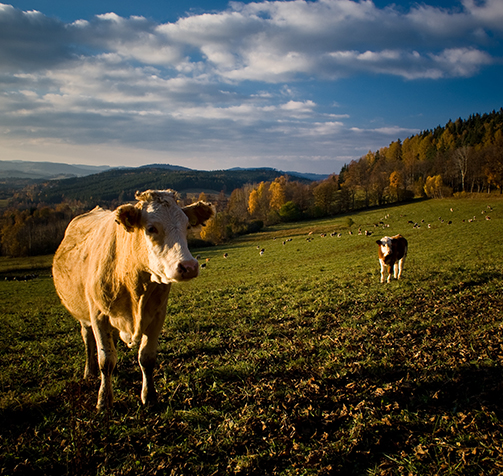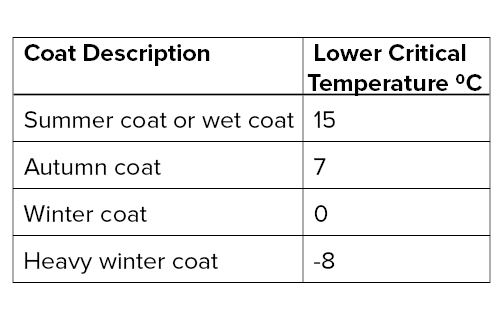Rain, rain go away, come again another day
Words by Dr Rob Derrick
A wet cow is a hungry cow. Here is a quick guide to how to adjust your herd’s feeding programme to the weather.
Who apart from meteorologists knew what atmospheric rivers were just a couple of years ago? Record-breaking rainfall has undoubtedly increased the number of sad-looking livestock that have most likely slipped both in terms of weight and body condition compared to normal for their stage of life. Fully-fed ruminants are normally pretty robust in the face of cold weather, because of the heat generated in a well-fed rumen. However, even acclimatised cattle need to burn calories to keep warm when it is cold, windy and wet. Diet programmes don’t normally have a correction for inclement weather, but the energy cost associated with trying to keep warm can be significant. The Lower Critical Temperature at which livestock burn energy to keep warm increases markedly when they are wet e.g. Penn State Extension in the USA recommend that wet beef cows at 9°C require 20 percent more feed than dry cows at 15°C – depending on the breed and coat condition.
Our climate historically has not favoured the proliferation of breeds like Welsh Mountain and Scottish Blackface sheep that have been naturally selected for fleeces that shed heavy rainfall. Red deer that evolved in temperate woodland and alpacas from the cold but very dry Andes are not best prepared for cold rain. Wool coats are practical for young lambs and horses can be rugged, but for most stock some natural shelter and extra feed can be as much as is practical to provide.







